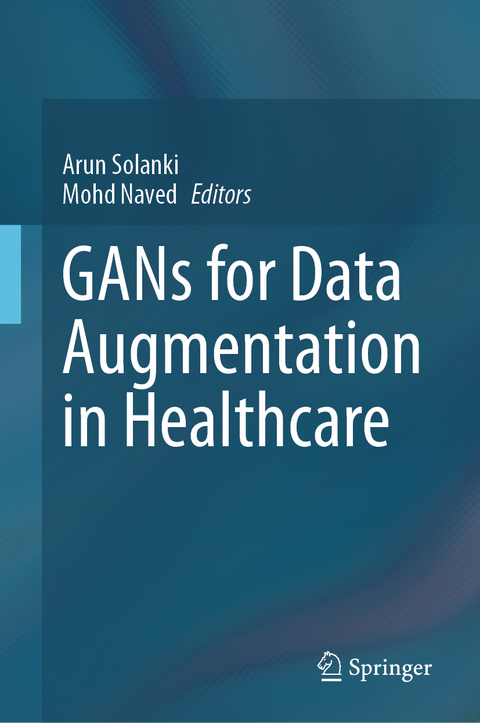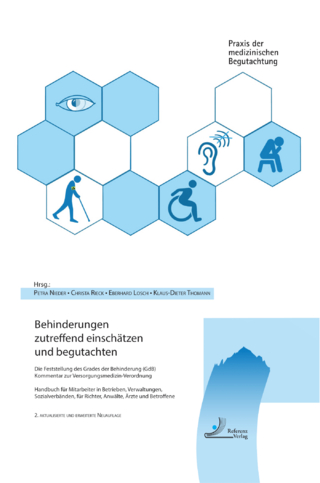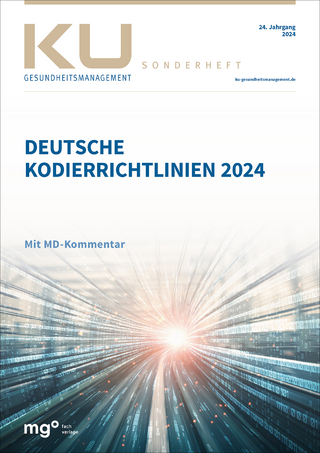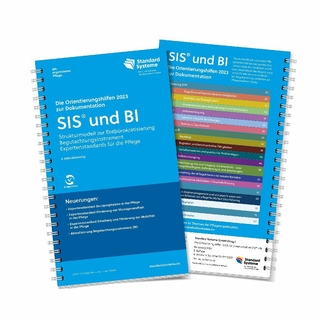
GANs for Data Augmentation in Healthcare
Springer International Publishing (Verlag)
978-3-031-43204-0 (ISBN)
Computer-Assisted Diagnostics (CAD) using Convolutional Neural Network (CNN) model has become an important technology in the medical industry, improving the accuracy of diagnostics. However, the lack Magnetic Resonance Imaging (MRI) data leads to the failure of the depth study algorithm. Medical records are often different because of the cost of obtaining information and the time spent consuming the information. In general, clinical data is unreliable and therefore the training of neural network methods to distribute disease across classes does not yield the desired results. Data augmentation is often done by training data to solve problems caused by augmentation tasks such as scaling, cropping, flipping, padding, rotation, translation, affine transformation, and color augmentation techniques such as brightness, contrast, saturation, and hue.
Data Augmentation and Segmentation imaging using GAN can be used to provide clear images of brain, liver, chest, abdomen, and liver on an MRI. In addition, GAN shows strong promise in the field of clinical image synthesis. In many cases, clinical evaluation is limited by a lack of data and/or the cost of actual information. GAN can overcome these problems by enabling scientists and clinicians to work on beautiful and realistic images. This can improve diagnosis, prognosis, and disease. Finally, GAN highlights the potential for location of patient information within the data. This is a beneficial clinical application of GAN because it can effectivelyprotect patient confidentiality. This book covers the application of GANs on medical imaging augmentation and segmentation.
Dr. Arun Solanki is working as Assistant Professor in the Department of Computer Science and Engineering, Gautam Buddha University, Greater Noida, India where he has been working since 2009. He has worked as Time Table Coordinator, member Examination, Admission, Sports Council, Digital Information Cell, and other university teams from time to time. He has received M.Tech. Degree in Computer Engineering from YMCA University, Faridabad, Haryana, India. He has received his Ph.D. in Computer Science and Engineering from Gautam Buddha University in 2014. He has supervised more than 80 M.Tech. dissertations under his guidance.His research interests span Expert System, Machine Learning, and Search Engines. He has published many research articles in SCI/ Scopus indexed International journals/conferences like IEEE, Elsevier, Springer, etc. He has participated in many international conferences. He has been a technical and advisory committee member of many conferences. He has organized several FDP, Conferences, Workshops, and Seminars. He has chaired many sessions at International Conferences. Arun Solanki is working as Associate Editor in International Journal of Web-Based Learning and Teaching Technologies (IJWLTT)" IGI publisher. He has been working as Guest Editor for special issues in Recent Patents on Computer Science, Bentham Science Publishers. Arun Solanki is the editor of many Books with a reputed publisher like IGI Global, CRC and AAP. He is working as the reviewer in Springer, IGI Global, Elsevier, and other reputed publisher journals.Dr. Mohd Naved is a distinguished Associate Professor with an impressive career spanning over a decade in the fields of Business Analytics, Data Science, and Artificial Intelligence. As an educator, Dr. Naved has consistently demonstrated a commitment to the highest standards of teaching and mentoring, ensuring that his students receive an education that is both cutting-edge and grounded in real-world experience. His dedication to helping students achieve their full potential extends beyond the classroom, as he has been an active participant in the university's Mentor-Mentee Program, providing guidance and support to over 150 undergraduate and postgraduate students. In addition to his teaching prowess, Dr. Naved has excelled in the areas of education management, research, and curriculum development. He has served on various committees and led initiatives related to curriculum development, faculty recruitment and retention, and accreditation, contributing to the institutions he has worked with becoming centers of academic excellence in their respective fields. He has also successfully led the launch of several BBA/MBA programs, resulting in increased admissions and student satisfaction.As a researcher, Dr. Naved has made significant contributions to the fields of Business Analytics, Data Science, and Artificial Intelligence, with over 80+ publications in reputed scholarly journals and books. His research focuses on the applications of these disciplines in various industries, and he has supervised numerous research projects and dissertations, guiding students to successful outcomes.
Chapter. 1. Role of Machine learning in Detection and Classification of Leukemia: A Comparative Analysis.- Chapter. 2. A Review on Mode Collapse Reducing GANs with GAN's Algorithm and Theory.- Chapter. 3. Medical Image Synthesis using Generative Adversarial Networks.- Chapter. 4. Chest X-ray data augmentation with Generative Adversarial Networks for pneumonia and COVID diagnosis.- Chapter. 5. State of the Art Framework based Detection of GAN Generated Face Images.- Chapter. 6. Data Augmentation in Classifying Chest Radiograph Images (CXR) using DCGAN-CNN.- Chapter. 7. Data Augmentation Approaches Using Cycle Consistent Adversarial Networks.- Chapter. 8. Geometric Transformations-based Medical Image Augmentation.- Chapter. 9. Generative Adversarial Learning for Medical Thermal Imaging Analysis.- Chapter. 10. Improving Performance of a Brain Tumor Detection on MRI Images using DCGAN-based Data Augmentation and Vision Transformer(ViT) Approach.- Chapter. 11. Combining Super-Resolution GAN and DC GAN for Enhancing Medical Image Generation: A Study on Improving CNN Model Performance.- Chapter. 12. GAN for Augmenting Cardiac MRI Segmentation.- Chapter. 13. WGAN for Data Augmentation.- Chapter. 14. Image Segmentation in Medical Images by Using Semi - Supervised Methods.
| Erscheinungsdatum | 15.11.2023 |
|---|---|
| Zusatzinfo | X, 251 p. 120 illus., 87 illus. in color. |
| Verlagsort | Cham |
| Sprache | englisch |
| Maße | 155 x 235 mm |
| Gewicht | 553 g |
| Themenwelt | Medizin / Pharmazie |
| Technik | |
| Schlagworte | Data Augmentation in Healthcare • Data Transformation and Augmentation using GAN • GAN Based Healthcare Image Augmentation • GAN based Image Augmentation • Gans • GANs for Dataset creation • Generative Adversarial Network • Generative Network for Image Generation • Healthcare • Healthcare Imaging Augmentation • machine learning • Medical Image augmentation • Medical records • X-ray Image augmentation |
| ISBN-10 | 3-031-43204-5 / 3031432045 |
| ISBN-13 | 978-3-031-43204-0 / 9783031432040 |
| Zustand | Neuware |
| Informationen gemäß Produktsicherheitsverordnung (GPSR) | |
| Haben Sie eine Frage zum Produkt? |
aus dem Bereich


